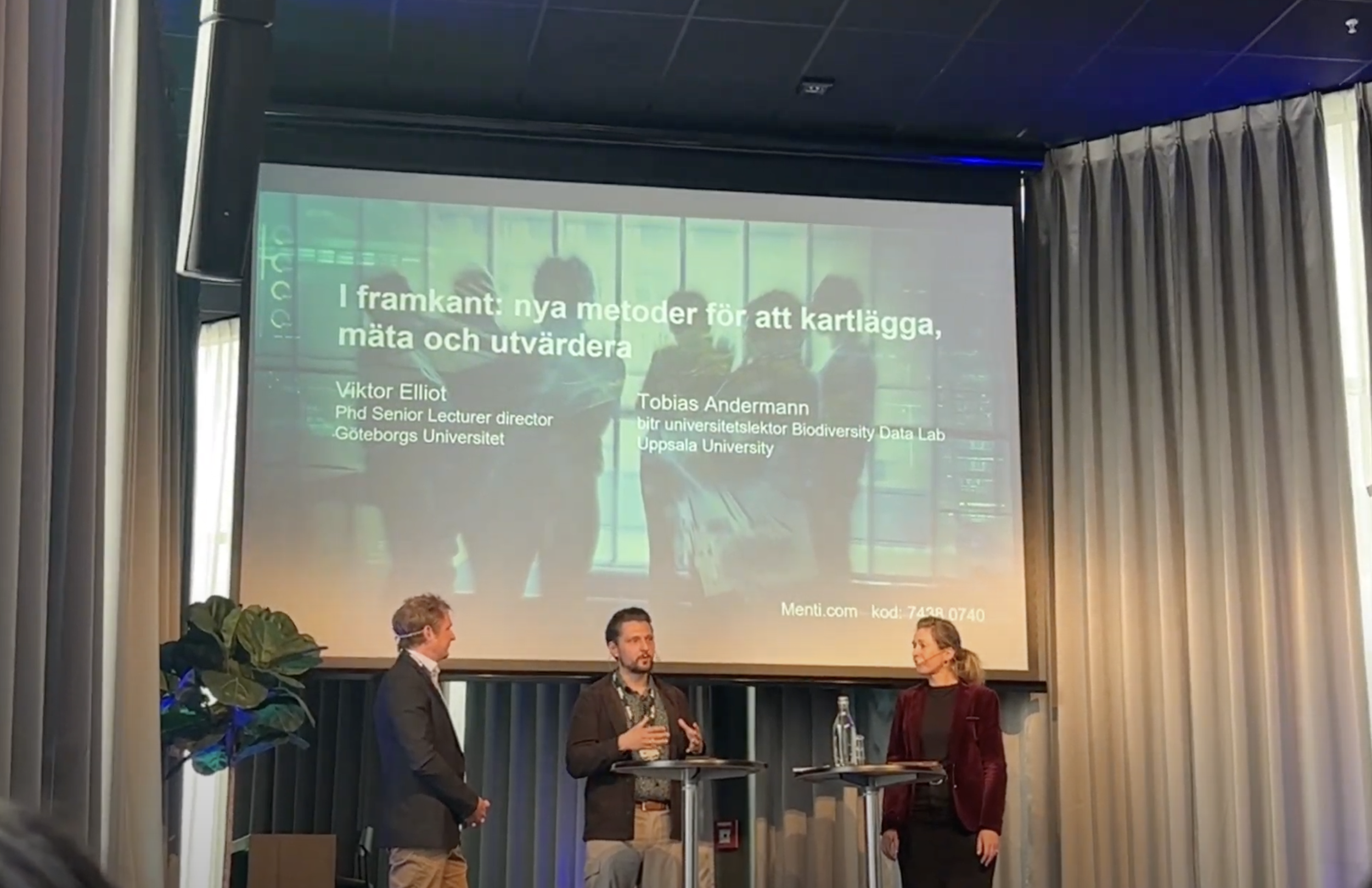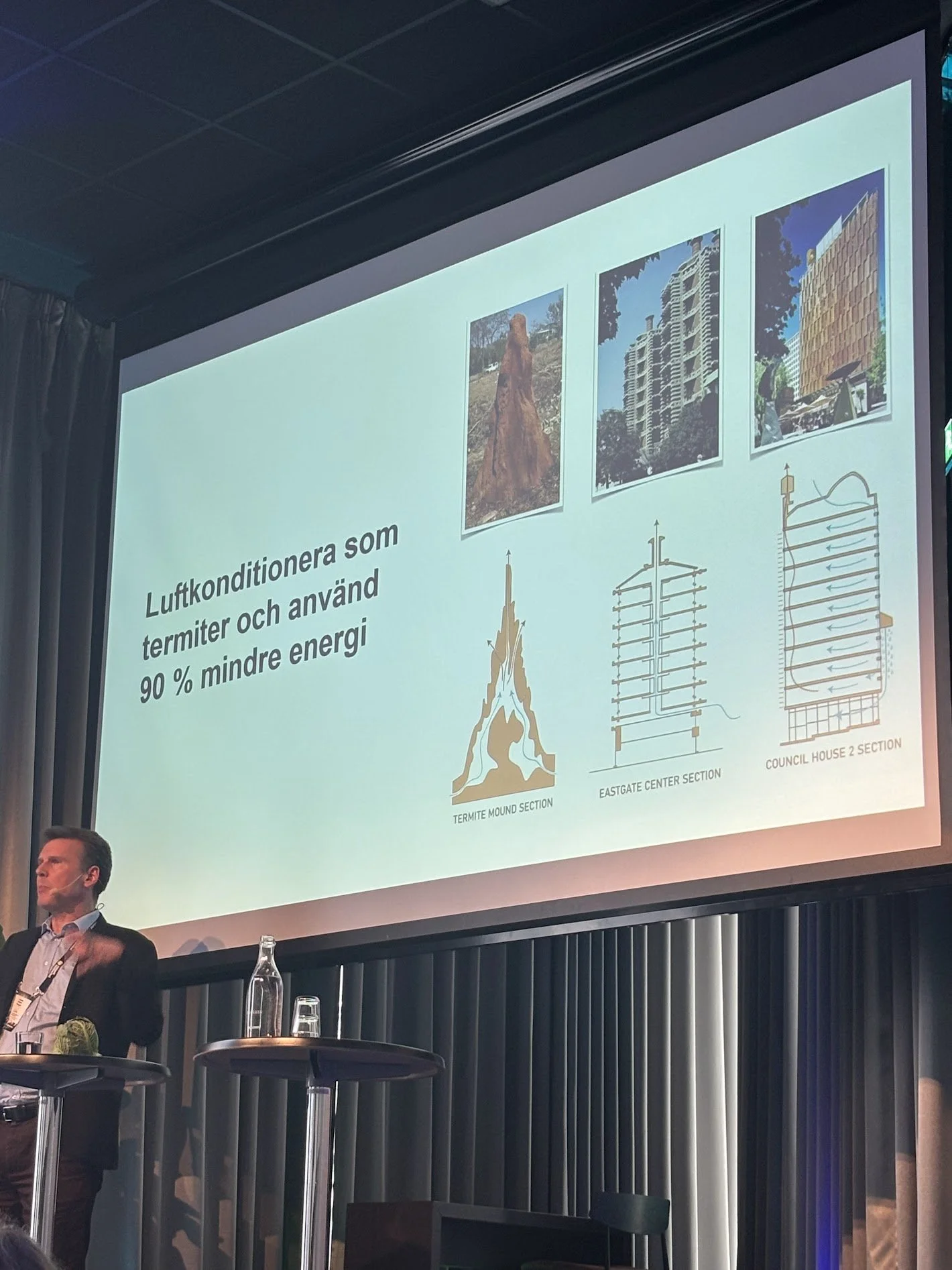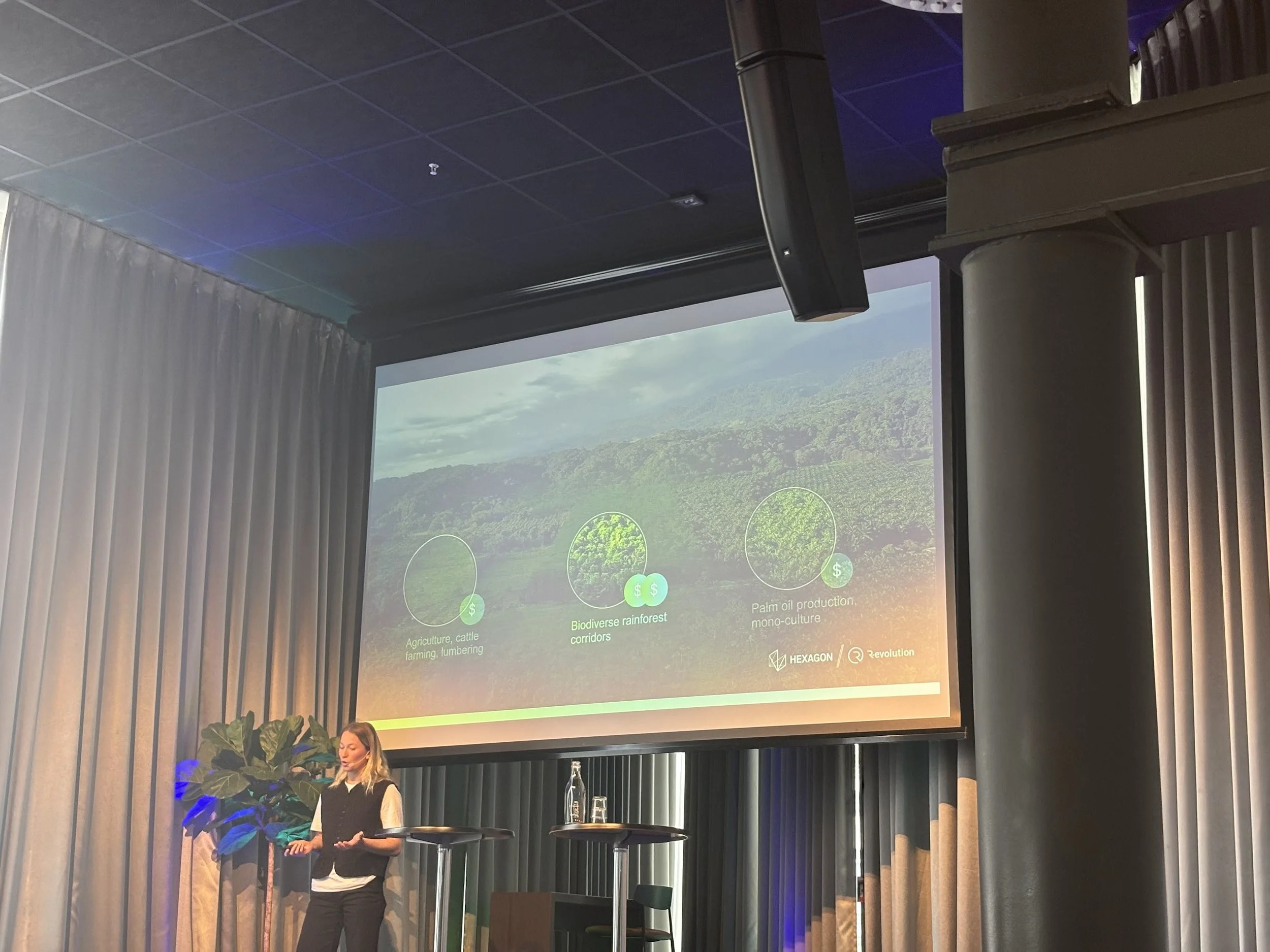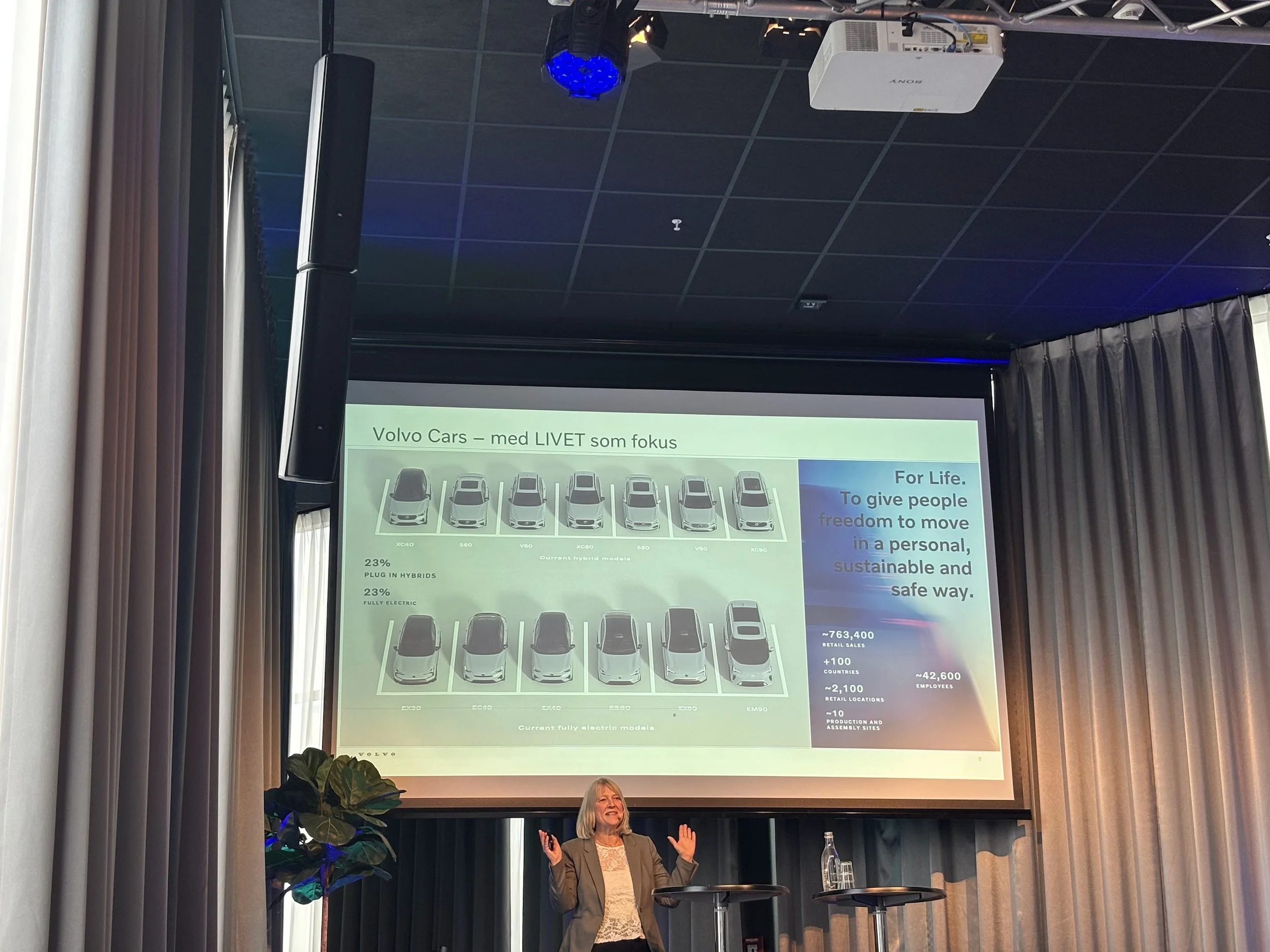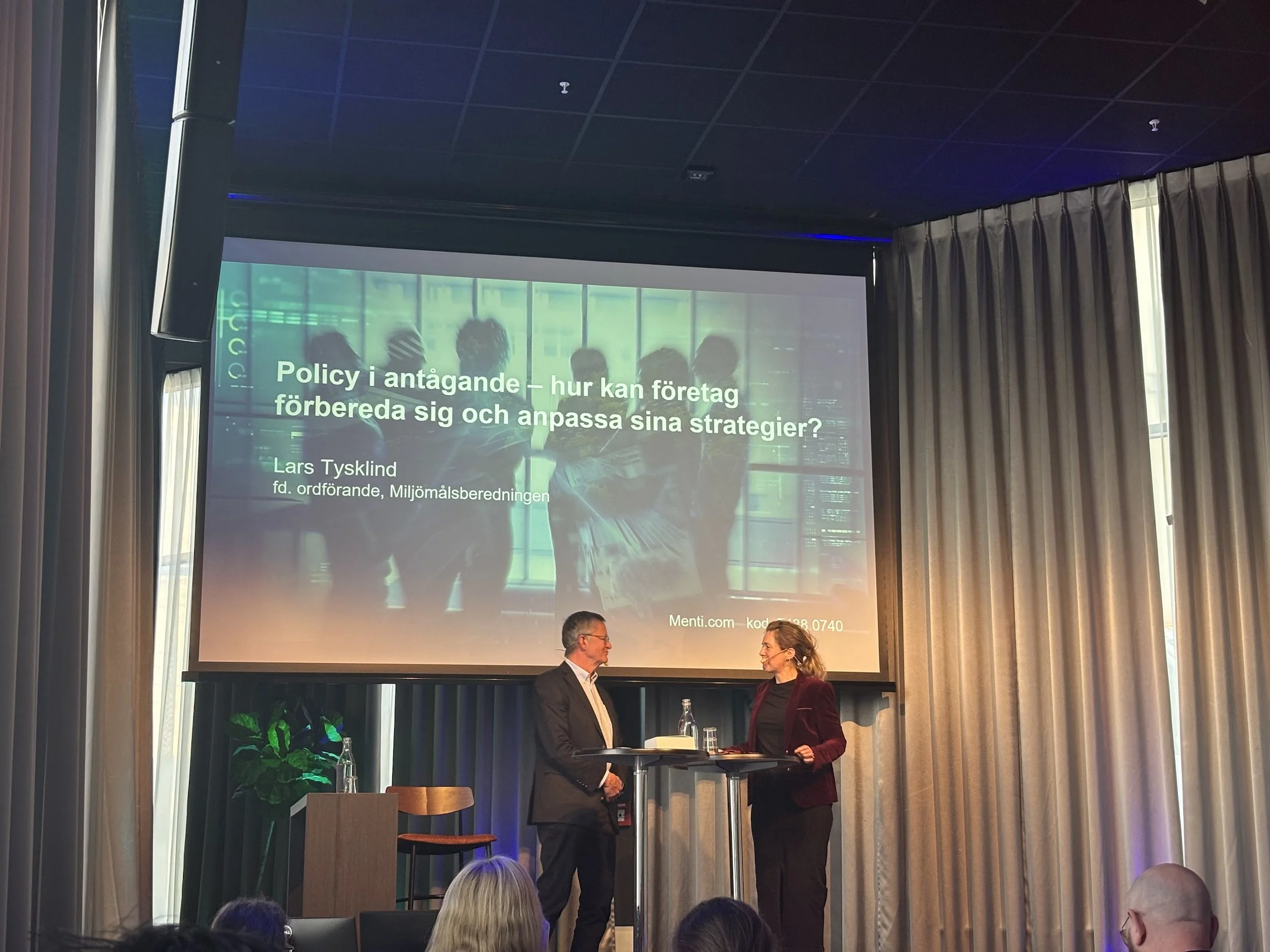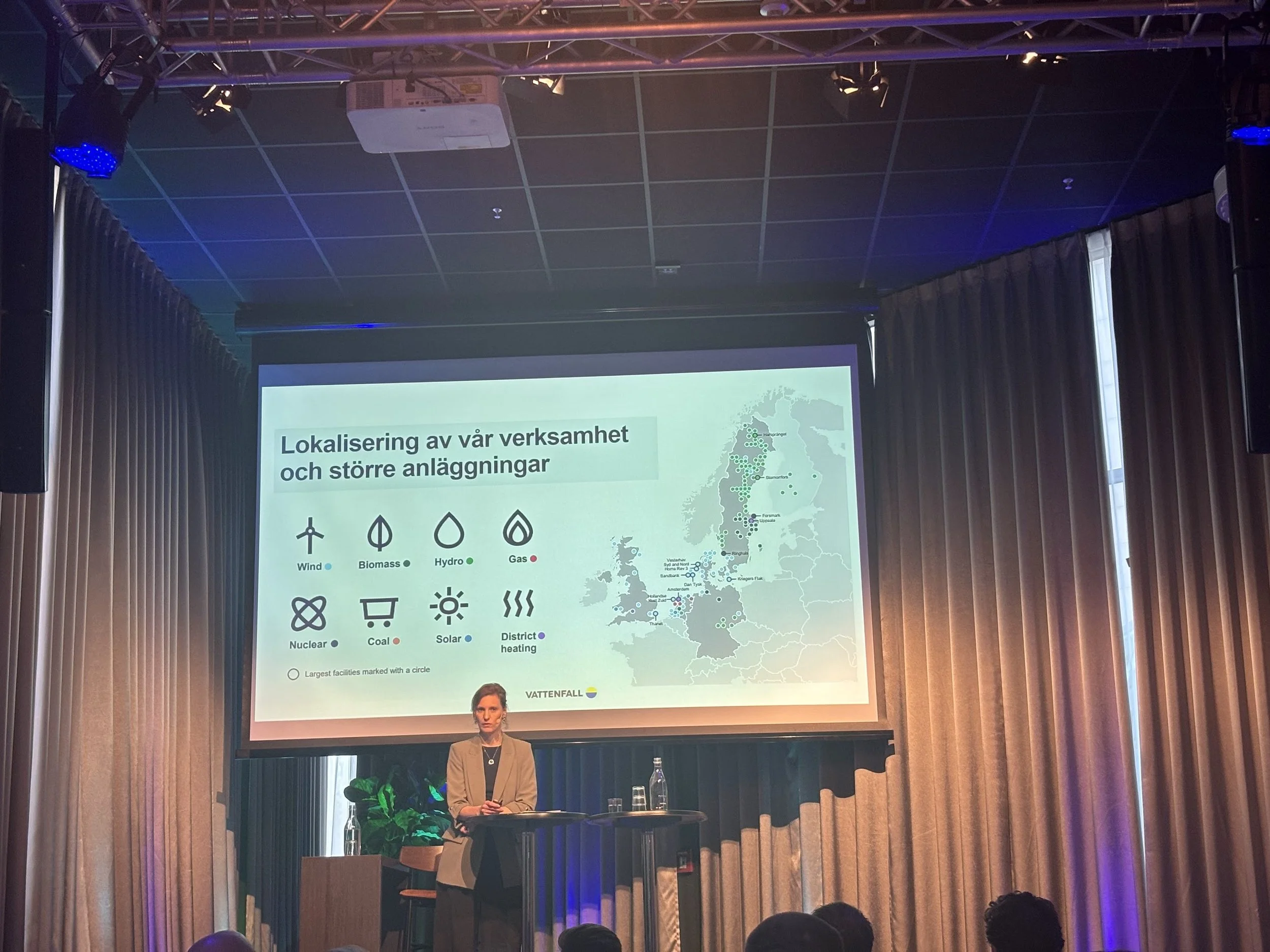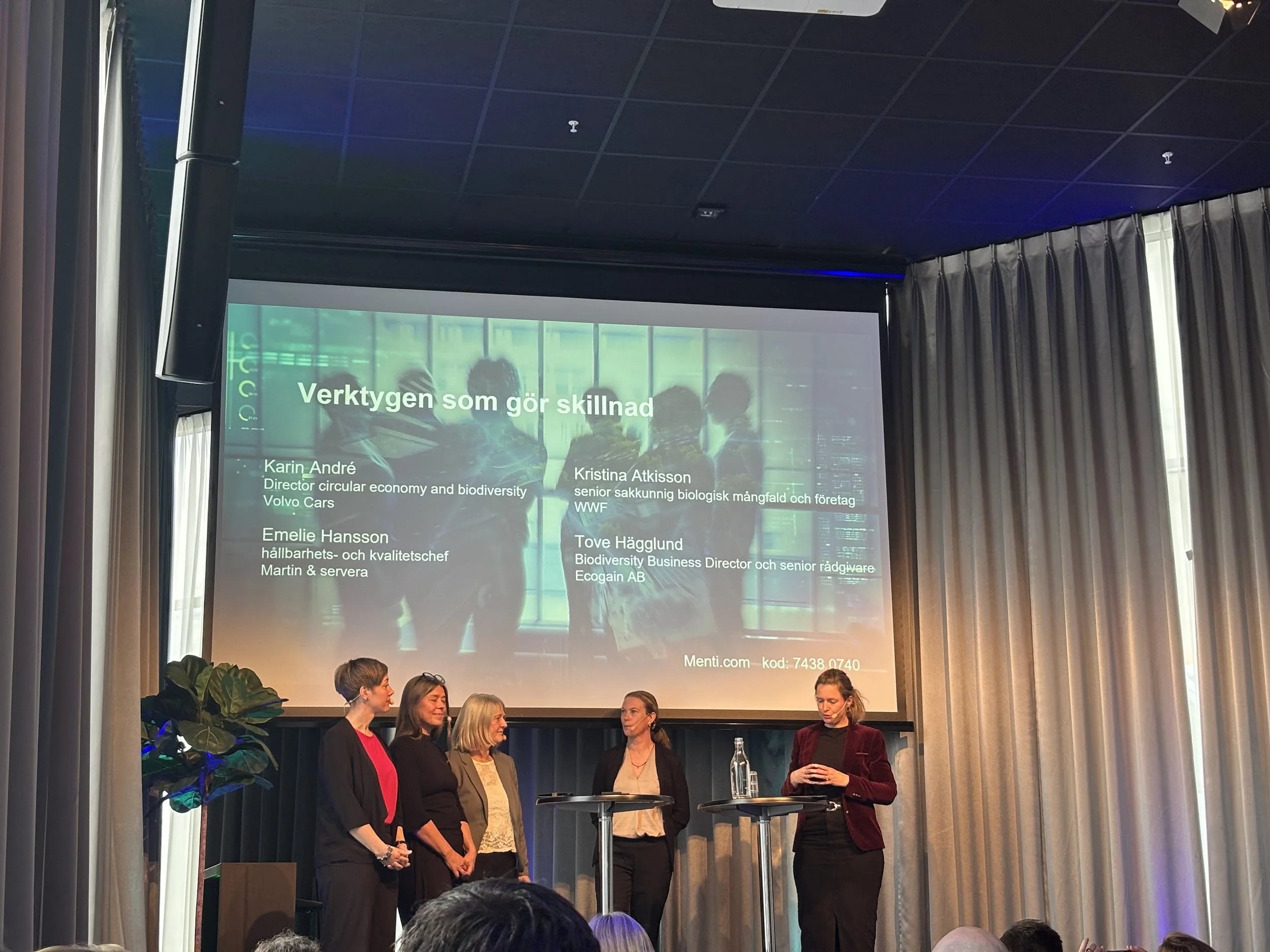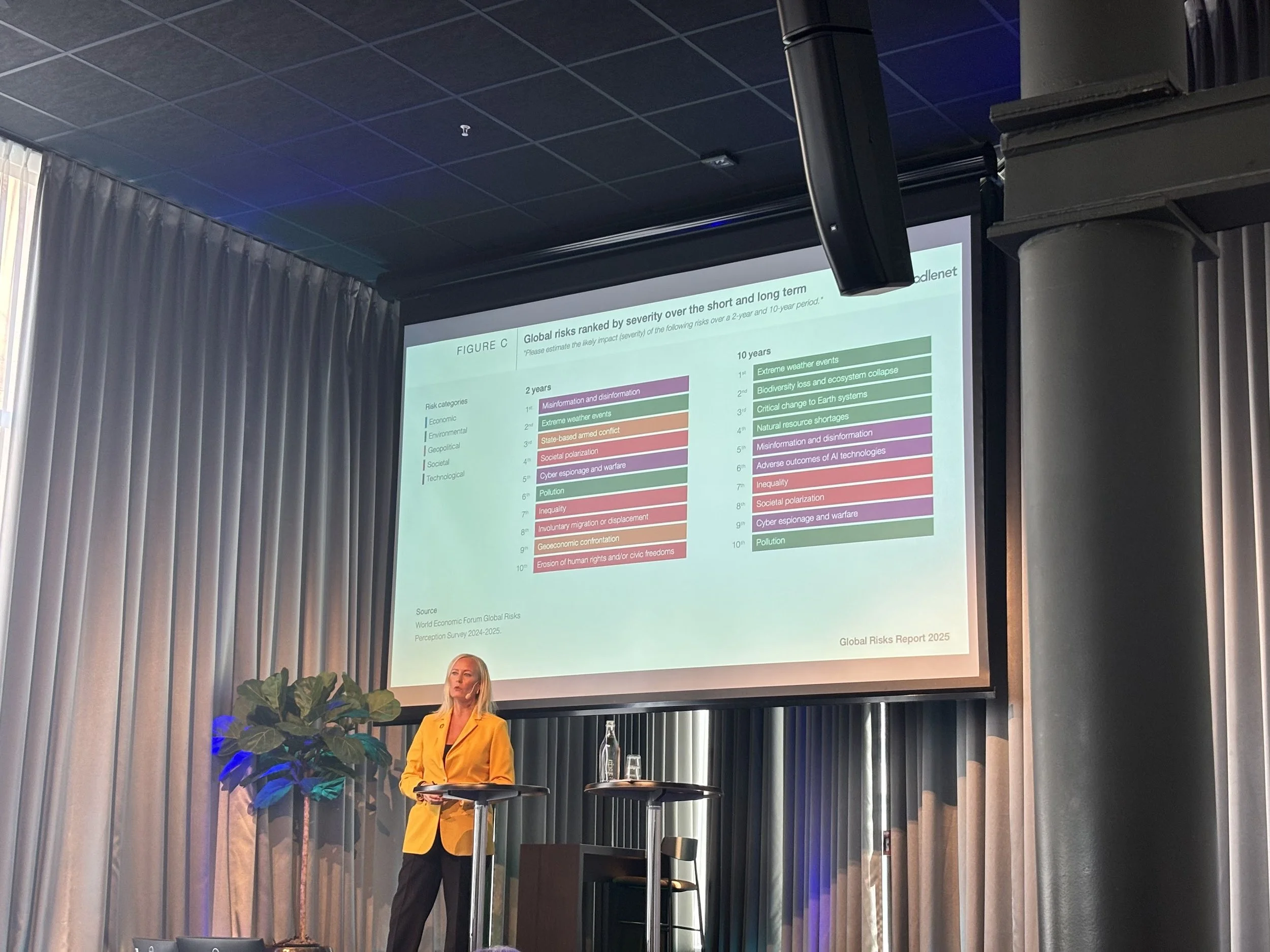Dagens Industri Biodiversity & Business 2025
I attended the first-ever Biodiversity and Business Conference, hosted by Dagens Industri, Sweden’s leading financial newspaper. Held in Stockholm on April 29, 2025, the event marked the growing recognition that biodiversity must become a core part of corporate and financial strategy. We were invited to the conference to present the business case for investing in biodiversity data.
The day opened with Josefin Blanck from Vattenfall, who spoke about the responsibility and potential of corporate action in preserving biodiversity. Katarina Walter from Ecogain discussed the need for a mindset shift—from focusing only on climate neutrality to also including nature-positive goals. Lars Tysklind, Fredrik Hannerz, and Charlotta Sörqvist shared updates on the policy landscape, including what’s coming next and how companies can prepare.
In the finance sessions, Jan Erik Saugestad from Storebrand and Linnea Zanetti of Swedbank Robur discussed the increasing expectations from investors around biodiversity, transparency, and long-term risk management. Case study examples came from Volvo Cars and Martin & Servera, both of whom shared how they’re mapping impacts across their value chains using tools like life cycle assessments (LCA) and Science-Based Targets for Nature (SBTN).
A panel discussion with WWF, Ecogain, Volvo, and Martin & Servera offered insights into what tools are currently working well on the ground. Tobias Andermann and Viktor Elliot discussed the importance of biodiversity data and the use of environmental DNA (eDNA) and other emerging technologies. These kinds of tools are starting to make biodiversity more measurable and actionable for businesses.
The closing sessions touched on innovation, with Stina Langenius from Hexagon’s R-evolution highlighting how biodiversity data is already giving rise to new business models. Other speakers explored regenerative practices, circular economy approaches, inter-industry collaboration. I especially enjoyed the talk by Fredrik Moberg from Stockholm Resilience Centre/Albaeco, where he illustrated the value of biodiversity through biomimicry—including a fascinating example of how termite mounds have inspired energy-efficient building design that reduces the need for artificial ventilation and air conditioning.
Overall, great conversations, not only on stage (as far as my Swedish skills took me!) but in the margins. I met inspiring people from across the sustainability spectrum: Executives, policy makers, sustainability officers, and even farmers. From early adopters to top brands, it was encouraging to see businesses engaging seriously with biodiversity. I had the chance to speak with Sebastian Leape, CEO of NatCap, and I also met Anders Enetjärn and Anelli Alersjö, Co-CEOs of Ecogain, who are helping companies explore practical steps toward nature-positive strategies in Sweden.
Thanks to Catrin Offerman for the invitation. I am always impressed at how open and collaborative the tone is at business events. Yes, we still have a long way to go, but the momentum is building and I left feeling both optimistic and energised by the possibilities ahead!


